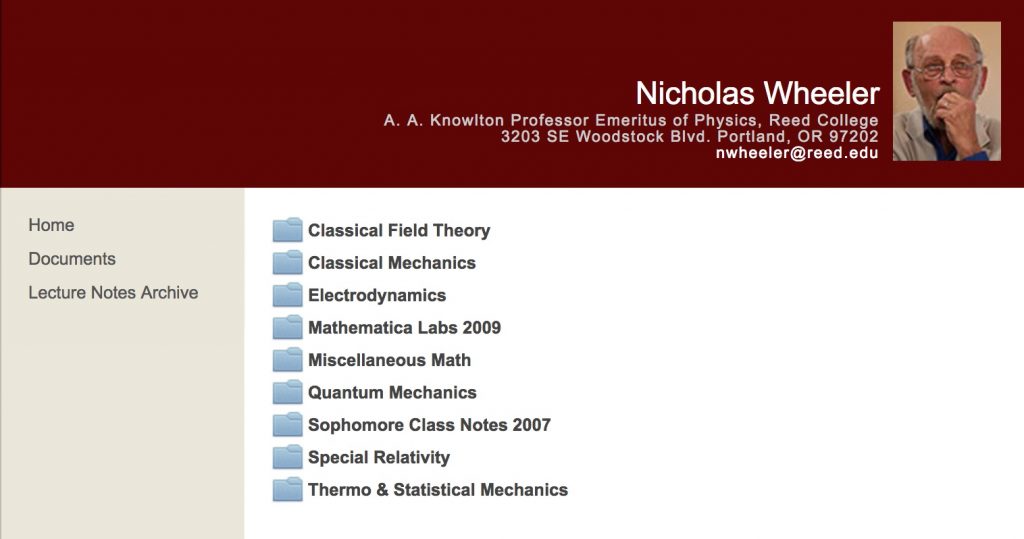Memo to self: Always check to see if a playwright is <nationality>’s Chekhov before buying the ticket. The sinking feeling sets in early with Open Fist‘s otherwise attractive ‘Dancing at Lughnasa’ and by 75 minutes into a seemingly interminable first act, plans are set for an intermission escape. Then things happen for about 10 minutes and the coin flip comes up as stay to see how it pans out. We get another 5 to 7 minutes of explanation in the remaining hour as we learn what happens to the hard-luck, bad-luck if any luck at all Mundys of fictional Ballybeg, County Donegal. In the meantime, five sisters and a cleric brother may be poor but they have one another, then the fast moving world of change rolls over them.
Open Fist brings its traditional craftsmanship and smart casting to Brian Friel’s highly praised but unbalanced memory play. Lane Allison and Christopher Cappiello stand out as lively, optimistic Maggie and Father Jack, the latter recently returned from decades in Uganda where he found the existing customs and community much more to his liking than the Catholic faith he was sent there to sell. He’s not the only rambler in the mix as Christina’s (Caroline Klidonas) baby-daddy (Scott Roberts) shows up occasionally to see her and their son (David Shofner) who is narrating the piece from… the future. The Mundys are hanging on the edge of society. Breadwinner Kate (Jennifer Zorbalas) loses her teaching job due to Jack’s apostasy not sitting well with the church school. Industrialization eliminates a pittance that Agnes (Ann Marie Wilding) and Rose (Sandra Kate Burck) earn from piecework. The world just stomps on their knuckles until they finally let go. Burck has an especially fine moment in the second act as developmentally-disabled Rose is cruelly used by an unseen admirer despite the loving protection of Agnes – Friel’s hat-tip to Tennessee Williams, perhaps? We guess early on that every flicker of light these characters see is just the streamer for the next lightning bolt to hit them but the waits between the strikes are too damned long. The set, lights, and sounds (James Spencer, Matt Richter, and Tim Labor) do hang well over the production.
The play has won all the awards and feels calculated to do so, much like ‘Anna in the Tropics’ which preceded it. Both will be good box office for years to come.
Youtube Channel: MetOffice
Youtube Channel: Carpalton
https://www.youtube.com/watch?v=t0NmaBtpnBE
Youtube Channel: Mickey Mouse
Dancing at Lughnasa
by Brian Friel
Directed by Barbara Schofield for Open Fist Theatre
Plays Mondays, Saturdays, and Sundays through 18 August 2019
at the Atwater Village Theatre
3269 Casitas Ave, Los Angeles, CA 90039
Visit OpenFist.org for showtimes and tickets
